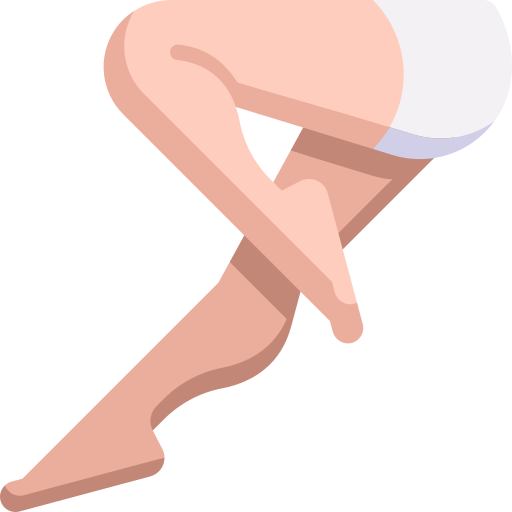Discover the benefits of jump rope workouts and strengthen your leg muscles.
When we think about physical fitness and strength, we often focus on the big muscles like the biceps, chest, or abs. But what about the foundation of our body, the legs? Surprisingly, our leg muscles play a pivotal role in keeping us upright and mobile. When you take each step, the intricate dance of leg muscles and bones goes into action. It's not just about looking good; it's about staying healthy, agile, and injury-free. Let's delve into the magic of jump rope training and how it can help you unleash the power of your leg muscles.

The gastrocnemius, often referred to as the "big toe" of the leg, is a standout muscle. It's the one that gets all the attention, especially when you're standing or walking. This muscle extends down the leg and wraps around the heel, leading to the big toe. When you take a step, you engage your gastrocnemius. But here's where jump rope training enters the picture: it works in the opposite direction from the calf muscles. When you jump rope, you're actively engaging the gastrocnemius in a unique way. You're not just walking; you're springing up and down, putting your big toe muscle to work and strengthening it. Bouncing back to reality, the gastrocnemius also aids in bending the knee as it moves, allowing your foot to better absorb the shock of landing. All this hard work makes maintaining its strength and health essential.
💪
So, while you're jump roping, you're not only improving your cardiovascular fitness but also toning and nurturing this significant muscle. The soleus, your lesser-known leg muscle, lies quietly beneath the gastrocnemius. This flat, ribbon-like muscle wraps around the sole of your foot, influencing the extension and flexion of your ankle joint as you stand or walk. In a surprising twist, the soleus collaborates with the gastrocnemius, contributing to the extension and flexion of your foot. It also plays a vital role in maintaining the stability of your knee. When you stand on your heels and exert force on your foot to support your body weight, it's the soleus that helps bend the knee. So, by engaging in jump rope workouts, you're indirectly giving your soleus a good workout, too.
🏹
Moving up the leg, we encounter the hamstrings, a group of muscles situated between the gastrocnemius and soleus. These muscles are not to be underestimated. While they might not be as visible as the quadriceps, they are integral to leg strength. Engaging in jump rope exercises helps activate and strengthen the hamstrings, creating a well-rounded leg workout. Jumping rope also engages your gluteus maximus, which is the largest muscle in your buttocks. It plays a critical role in extending the hip and propelling your legs forward. As you jump rope, your gluteus maximus gets fired up, helping you maintain an upright posture and keep your legs moving with strength and precision.
💥
In conclusion, jump rope training is a dynamic and fun way to supercharge your leg muscles. The benefits are not limited to improving cardiovascular fitness; they extend to the strengthening and toning of the gastrocnemius, soleus, hamstrings, and gluteus maximus. These muscles work together to keep you mobile, maintain stability, and ensure you stay injury-free. So, next time you pick up that training jump rope, remember that you're not just jumping; you're sculpting a strong foundation for your body. Jump to it and experience the transformative power of jump rope training for your leg muscles.
👧🏽